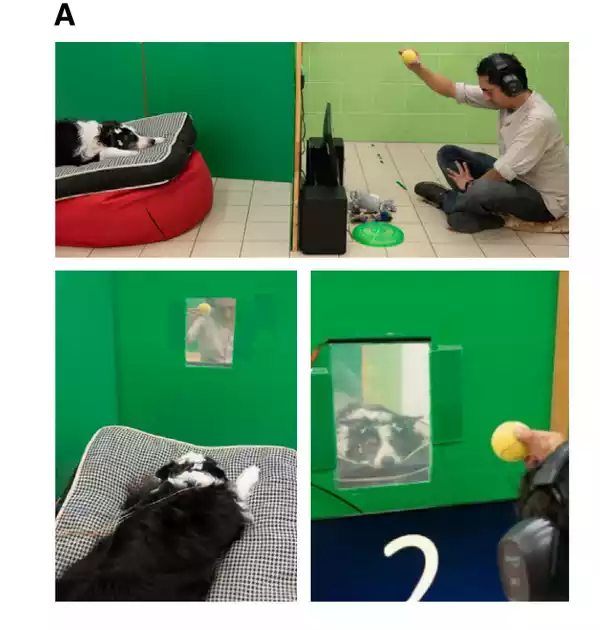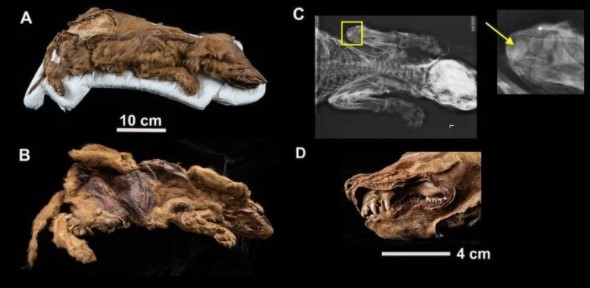In a study published in the journal Current Biology, a team from Étvès Lorand University, led by Marianne Boros, found that dogs show a marked brain response when they hear a word that does not match the object they are subsequently shown.

In these studies, an increase in brain activity was detected by EEG between 206 and 606 milliseconds after the presentation of the object, which was significantly different from the activity observed when the auditory signal coincided with the visual object. 18 domestic dogs and their owners participated in the experiment, which sheds light on the cognitive processing of dogs.
Domestic dogs that constantly hear human speech often demonstrate the ability to remember commands, toys and household objects by name. Despite the difficulty in demonstrating this knowledge in behavioral tests, researchers can record passive brain activity in dogs while observing laboratory experiments. This method has previously been effective in studying language comprehension in dogs.
Each dog in the study listened to a recording of the owner's voice uttering a phrase consisting of the dog's name, a cue word (“look,” “where,” or “here”) and the name of an object, while watching the owner would first appear, then hide, and finally reappear with an object that either matched or did not match its name. This setup made it possible to record the EEG responses of the dogs throughout the experiment.
The results of the study showed that the brain of dogs reacts to the discrepancy between the heard word and the seen object, and the time of the burst of brain activity coincides with the N400 component observed in humans - a marker of language comprehension and semantic processing. However, in contrast to humans, where semantic incongruity leads to a more negative N400 amplitude, dogs showed a decrease in peak amplitude, more reminiscent of the human P3b response to unexpected events than semantic incongruities.

Although the research suggests that dogs process meaningful associations between words and objects, indicating some form of understanding, this does not mean that dogs understand language in the same way that humans or infants do, who associate words with categories of objects. The study also notes differences in language processing between dogs and humans, including dogs' insensitivity to phoneme changes in words, highlighting both parallels and differences in how different species process language.


 1560
1560












